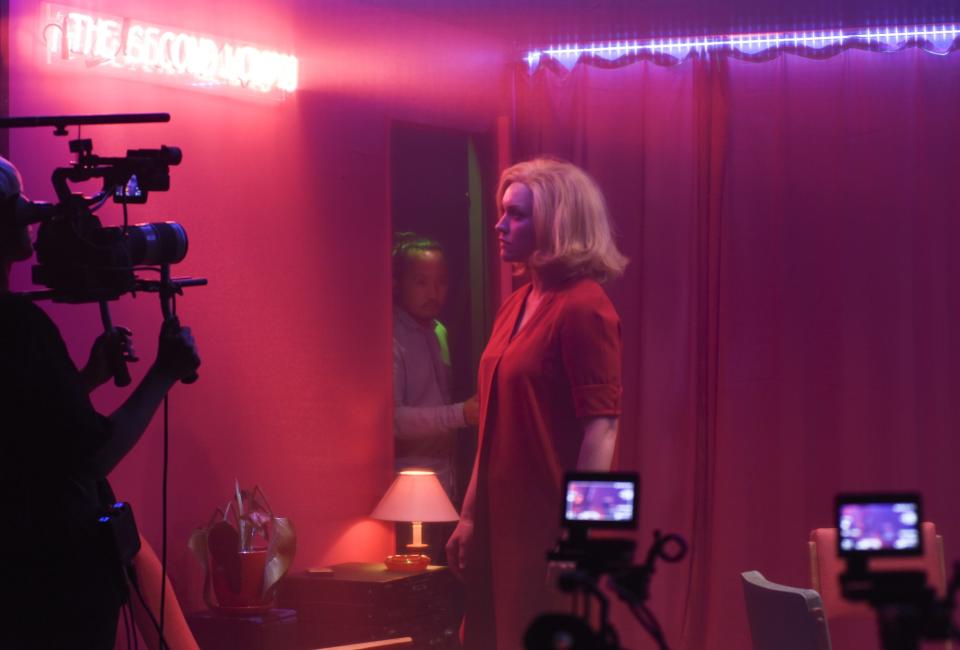You Actually Do Want to See This 24-Hour Play
Let’s outline the obvious: A production begins with casting, continues with rehearsal, then the audience arrives, and it all happens again the next night. But what if 101 actors were cast, rehearsals were nonexistent, and the performance (on loop) was extended for 24 hours? Such is the sui generis format of Nat Randall and Anna Breckon’s The Second Woman, which arrives tomorrow—starting at 5 p.m. and running through 5 p.m. the following day—at the Brooklyn Academy of Music’s Next Wave Festival, part of a series of productions making their American debut under BAM’s new director, David Binder.
A two-person play, the work is essentially a repetition of one scene, inspired by John Cassavetes’s 1977 cult film Opening Night, in which a man and a woman come together in an apartment to converse, laugh, and dance. In a feat of astounding endurance, the actor playing the woman—Alia Shawkat in this version—remains the same, while the actor playing the man steps in anew each time the scene resets. As Randall understatedly puts it to me, it’s a work that “doesn’t rely on plot or narrative.” Instead, the power derives from the conceptions of masculinity that the (mostly) amateur actors inject into the scene.
The male actors performing in tomorrow’s marathon were cast from a low-key callout to New York City residents; applicants were required to commit to a performance slot, but little else. The first time that Shawkat and the actors playing the male role will perform together will be in front of an audience. In prior iterations—this is the first time the work will be performed in the U.S., but it has been previously performed in Australia, Taiwan, and Canada—the actors have all been culled from the local community. “In Taiwan, we performed in a working-class area in the South and had lots of factory workers participate. Then, in Australia, we had everyone from suits to cyclists to students. You get a spectrum.”

Sometimes, as Breckon explains, the relationship onstage is about power and struggle; sometimes it’s about connection and gentleness. “There are many moments where it expresses something beautiful about humanity,” Breckon says. “You can see how people can be kind to each other and unexpectedly generate a relationship within a few minutes,” Randall adds. And the force of the work is also kindled by the temporal energy that the audience brings—very different at 3 a.m. versus 7 p.m. “The feeling on stage can be quite static, but the audience can change things,” says Breckon. “At 6 a.m., there are people lingering who haven’t been to bed yet. And when you stay in a space for a very long time, you start to settle in. You lose the sense that you’re in a theater.”
If this Groundhog Day meets Sleep No More scenario sounds more like a grad school seminar than a fun night out, Randall insists that as much as conceptual performance art offered inspiration, so did reality television, where tension comes from personalities more than narrative arc. Watching it “can become addictive,” says Randall. “What is the potential of the next performer who will come through the door?”
And then there’s the sheer feat of endurance. “Watching the actress fight weariness,” says Randall, “gives you a deep investment in her stamina.” Most people, say the co-creators, depart and return at some point during the 24-hour performance. “If people leave,” says Randall, “I think they come back because they have the sense that they’ve left something unfinished.”
Originally Appeared on Vogue

